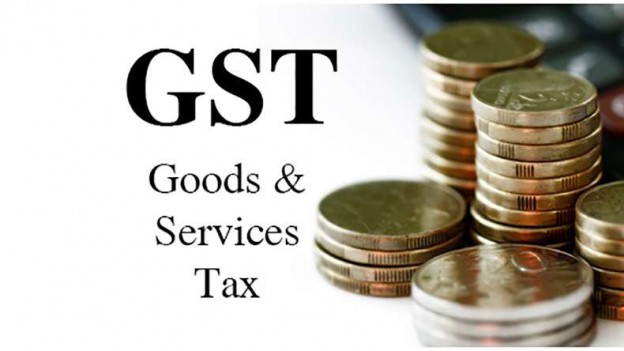The Goods and Services Tax or GST is expected to be a game-changer in the Indian tax system. As expected, there are bound to be many changes within the IT framework in businesses for this tax to be implemented. The main idea behind the GST is to do away multiple indirect taxes such as VAT, luxury tax, Sales Tax, excise duty etc that would have to be paid on goods. Now, only a single tax will be imposed on the goods or services used. So, the GST seeks to bring about uniformity in the taxation system, removing multiple tax barriers and revenue collection problems that were taking place between the states and the Center.
The GST will include the CGST wherein revenues are to be collected by the Center, SGST where state governments will collect revenues for the intra-state sales, and the IGST levied by the Center for inter-state supplies. In view of the fact that as many as 3.5 billion invoices will be processed each month by the GSTN or the Goods and Services Network, it is expected that technical problems would arise. In case the GSTN fails to function seamlessly because of technical glitches, it would turn out to be a cause of grave concern for the whole industry.
So, it is important to apply security patches to the sensitive data which is dynamically generated. Accounting systems have to be regularly updated to ensure a seamless transition to the GST. IT systems have to be upgraded accordingly and the IT systems and staff need proper training to guarantee a smooth shift to the GST regime.
How businesses can become GST-ready:
The GST will be driven vis-à-vis an online platform and this necessitates a robust infrastructure which can update data in real time. Since there will be huge volumes of sensitive data involved, it is important to have a stringent IT architecture that can comply with the security needs. The GST-ready set-up must also adhere to the compliance requirements prescribed by the GOI.
Accordingly, the ERP or Enterprise Resource Planning systems will also have to be remodeled, with rows added or deleted where entries are made. These changes will ensure that things are aligned to the new tax regime. IT personnel will therefore need time to update the accounting software or ERPs to make them align with GST specifications.
Besides the time needed by the IT sector, the trials and tests of the newly created software, like the new ERP systems have to be carried out to prevent future problems. The IT organizational set-up may also need to get new hardware for such development and testing purposes.
The ERP systems in organizations have to comply with the GST rules. This is necessary because the ERP will directly influence functions in every other department. So, at enterprise levels, ERP systems must be tested. The GST bills are going to affect the ways in which businesses run because all the tax related documents and processes have to now match the GST rules. When the companies register to get a GST identification number or the GSTIN, it will include the service tax registration, excise registration and also VAT registration. So, the tax processes will change completely to imbibe the new tax.
Transactions have to be started afresh. Partially open transactions and pending transactions must be closed or shifted to the new system. ERP firms such as the SAP has come out with GST related software to enable you to implement GST with SAP-certified cloud hosting providers.
Since the GSP is digital, businesses must get rid of the manual vouchers and ledgers. There must be a shift to digitalizing records and conducting automated transactions. The SAP will extend ASP pr Application Service Provider services; it will offer the necessary interface for uploading invoices in the GSTN. It will work as an ASP within the GST environment. So, all GST-registered organizations will have to connect their business SAP to the GSTIN.
With the GST, business functions are also slated to undergo major changes. The tax computation processes have to be reconfigured and tweaked to comply with the new rules. All tax-related inward and outward business processes must be refined. Sequential numbering for the outgoing invoices must be adopted. Businesses have to adhere to the newly introduced printing and reporting structure. These lists of requirements will vary from one enterprise to another, depending upon the industry to which it belongs to, the legal entities which are involved in that business and the degree or complexity of business functions.






 Live Chat
Live Chat
